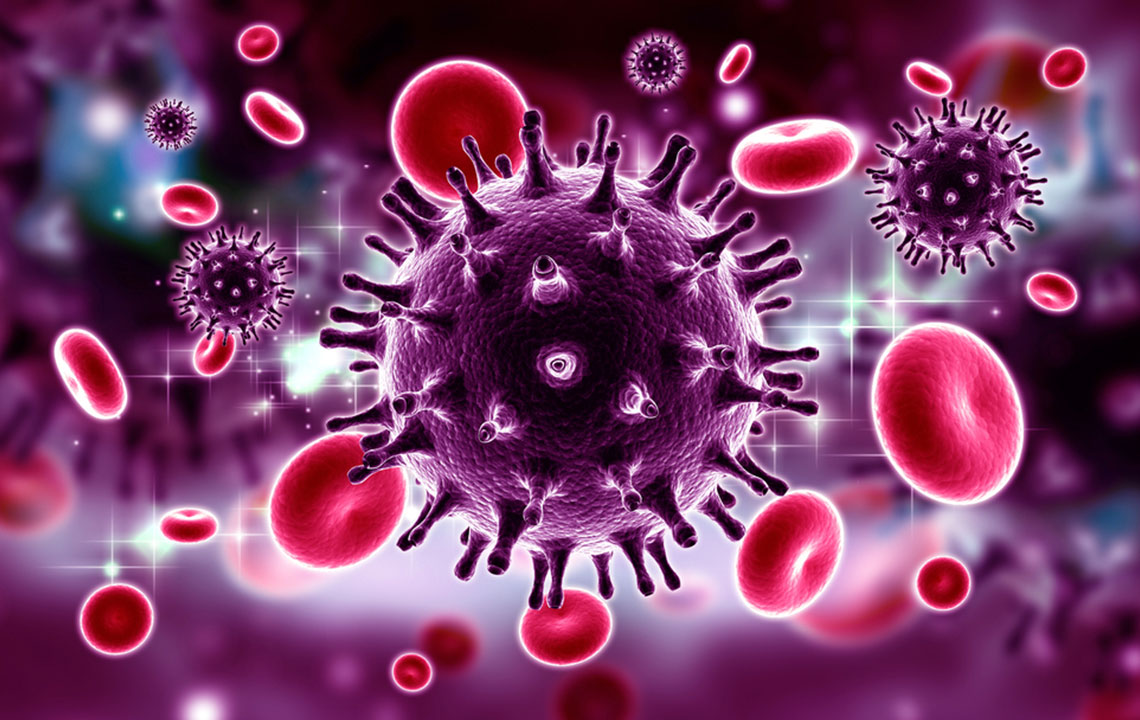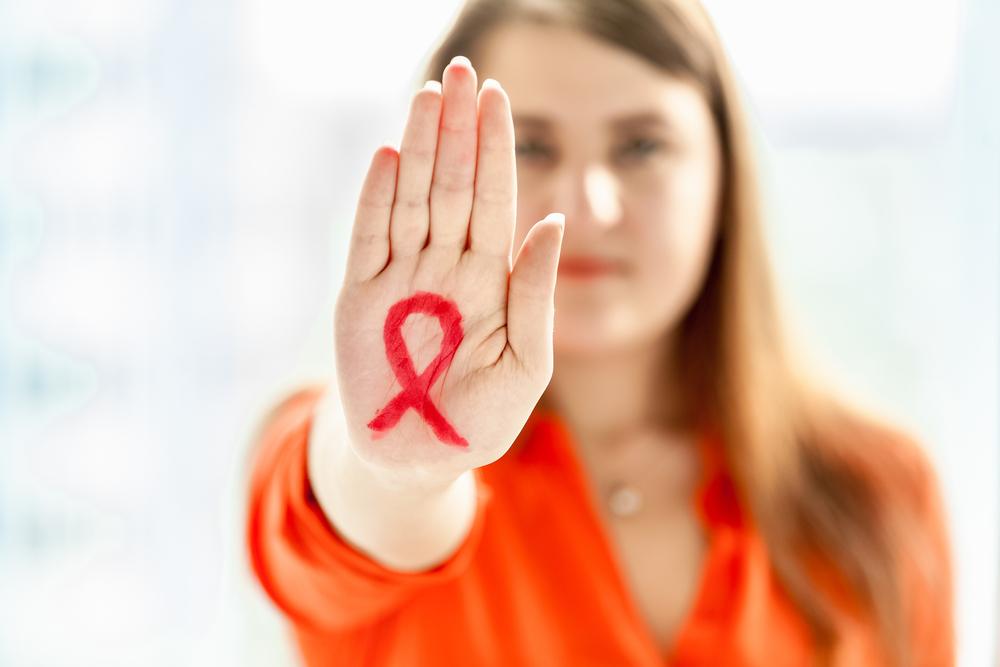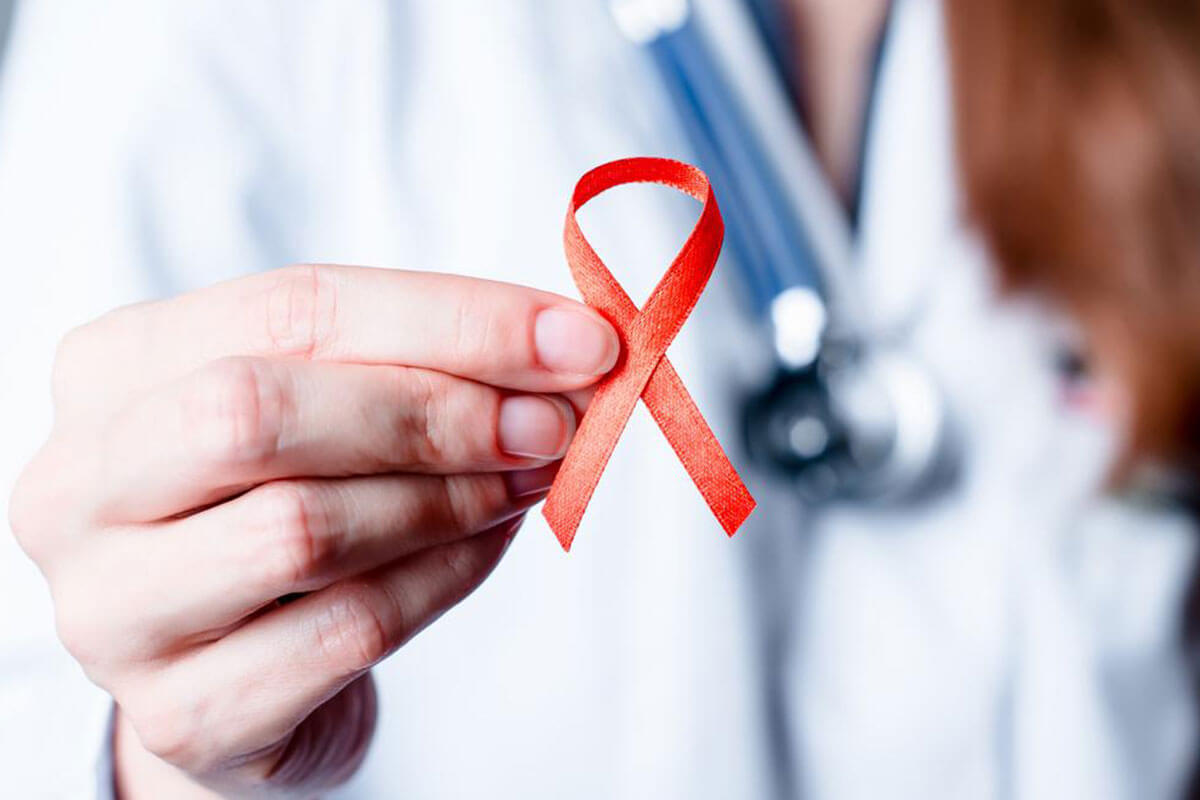An In-Depth Look at HIV and Its Lifecycle
Explore the detailed lifecycle of HIV, from attachment to budding, and learn how early medication can manage infection. Understanding each stage helps in effective treatment strategies to slow disease progression and maintain health. This comprehensive overview highlights the importance of timely intervention and provides valuable insights into HIV's complex mechanisms.

An In-Depth Look at HIV and Its Lifecycle
HIV is a severe virus that targets the immune system, causing irreversible damage. Although commonly confused with AIDS, it’s important to note that AIDS is the final stage of HIV infection, not a separate disease. There are primarily two types of HIV: HIV-1, which leads to AIDS, and HIV-2, which causes similar but less common conditions. The virus’s journey inside the body involves a complex seven-stage process, essential to understanding its impact and treatment.
Knowing each stage of HIV’s lifecycle aids comprehension of how the virus infects immune cells:
Step 1 – Binding
The virus attaches to CD4+ white blood cells, key players in immune defense, via specific receptors. CCR5 antagonist drugs can inhibit this binding.
Step 2 – Fusion
The HIV envelope merges with the CD4+ cell membrane, allowing entry of the virus into the cell. Fusion inhibitors may be prescribed at this point.
Step 3 – Reverse Transcription
Inside the host cell, the virus employs reverse transcriptase enzyme to convert its RNA into DNA, integrating into the cell’s nucleus. Non-nucleoside and nucleoside inhibitors help prevent this process.
Step 4 – Integration
The viral DNA inserts itself into the host's DNA, facilitated by integrase. Inhibitors of this enzyme can block the step.
Step 5 – Replication
Once integrated, the virus hijacks the cell's machinery to produce new HIV proteins, resulting in the formation of complete viral particles.
Step 6 – Assembly
The newly created proteins and HIV RNA gather at the cell surface, assembling into immature HIV viruses.
Step 7 – Budding
The mature HIV particles leave the host cell, releasing protease enzyme to process viral proteins, maturing the virus into an infectious form.
Early initiation of antiretroviral medication after diagnosis can slow disease progression and alleviate symptoms, even if it cannot completely halt the lifecycle.
Important Notice: Our website provides diverse informational content for educational purposes. While efforts are made to ensure accuracy, this material should not replace professional medical advice. The team is not responsible for any discrepancies or unlisted offers and encourages consulting healthcare providers for specific health concerns.










